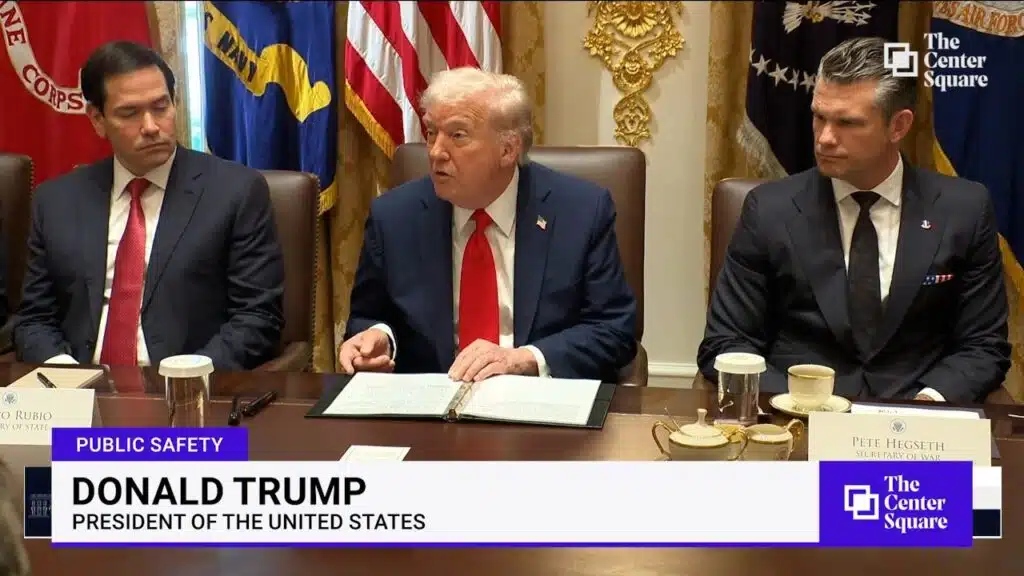
Opposition mounts to strict EPA emissions standards
Saying it’s too much, too soon, numerous groups are denouncing the U.S. Environmental Protection Agency’s recently announced emission standards, with the Illinois Corn Growers Association being one of them.
On March 20, 2024, EPA announced a final rule, Multi-Pollutant Emissions Standards for Model Years 2027 and Later Light-Duty and Medium-Duty Vehicles, that sets new, more protective standards to further reduce harmful air pollutant emissions from light-duty and medium-duty vehicles starting with model year 2027.
The EPA said the new rules, which are less strict than what the agency proposed last year, will avert 7 billion tons of greenhouse gas emissions.
“The standards announced today are a step forward for cleaner air and lower costs for drivers,” said Peter Huether, senior research associate with the American Council for an Energy-Efficient Economy. “They will lead to the cleanest vehicles to date and help us meet the president’s climate pledges.”
As EVs sit on car dealer lots, some companies are scaling back their electric offerings, including Ford and GM.
A new poll by The Center Square Voters’ Voice shows that nearly two-thirds of voters say the government is pushing EVs too hard because there is insufficient demand.
Garrett Hawkins, vice president of the Illinois Corn Growers Association, said the rush by the government to convert to battery EVs would be devastating for the Illinois farming community.
“With this policy, we could have a 50% decrease in the price of corn, and with that you would have rural America and farmers not doing as well,” said Hawkins. “It’s going to be a direct hit to the Midwest.”.
Gov. J.B. Pritzker said his goal is to have 1 million EVs on Illinois roadways by the year 2030. State officials said there will need to be around 36,000 charging ports to support that number.
Critics also point to the high cost of electric vehicles. The Rivian R1T EV pickup truck, manufactured in Normal, starts at $73,000.
“It is disappointing that the Biden Administration continues to be actively working against its stated goal of ‘equipping the American middle class to succeed,’” said David Holt, president of Consumer Energy Alliance. “While electric vehicles clearly have a role in our vehicle mix, the middle class cannot succeed with the EPA forcing an unworkable, expensive EV quota on working class families.”



